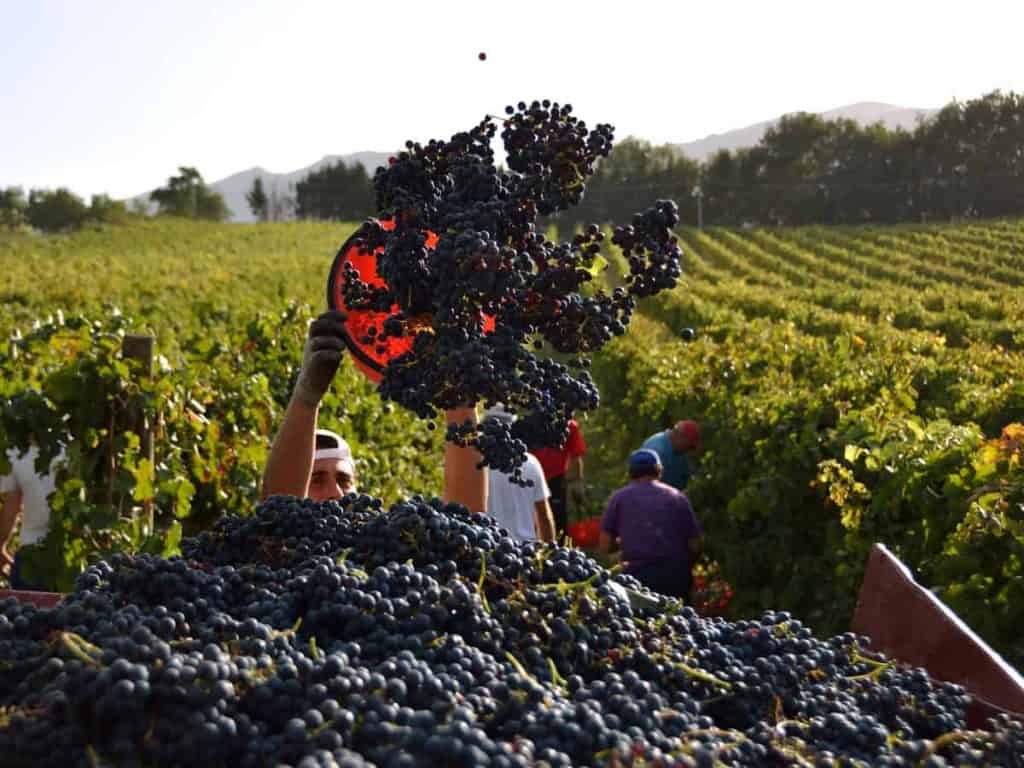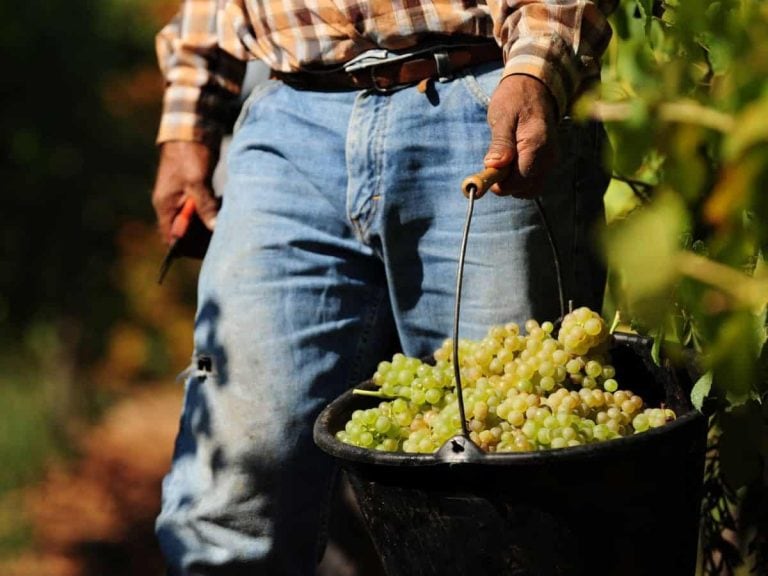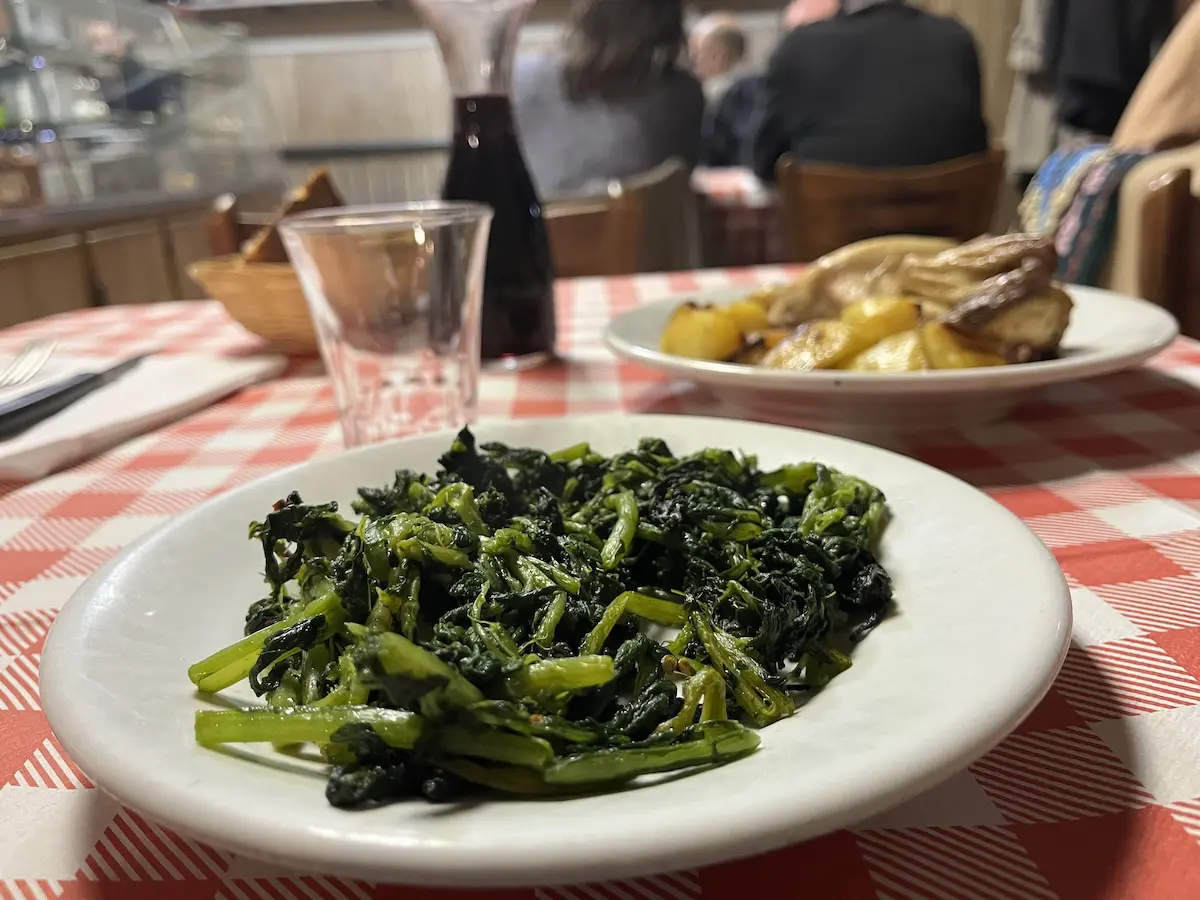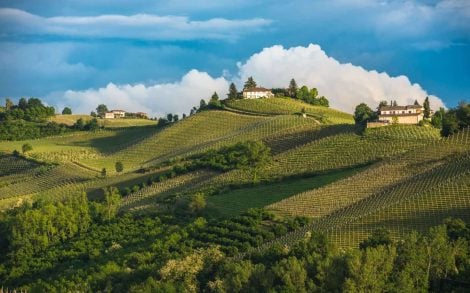While talk is already beginning about the 2025 harvest, the final results from last year are being tallied. According to the definitive data released by Agea (Agency for Agricultural Disbursements), in 2024 production is close to 44 million hectolitres (43.9 mln). These volumes are significantly higher—by as much as three million hectolitres—than the harvest estimates released in September 2024 by Ismea, Assoenologi and Uiv. Compared to the 38.3 million hectolitres of 2023, one of the poorest vintages ever, this represents an increase of 14.5 percent.
The Agea data confirms Italy’s position as the world’s leading wine producer and a substantial recovery in quantity, as had already been suggested by the pre-harvest survey conducted from north to south by the Tre Bicchieri weekly of Gambero Rosso in July of the previous year. But faced with these official figures from the ministerial body, there’s no cause for celebration, because the current major concern for wineries is overproduction and stock management, involving vine removal, planting restrictions, and potential extraordinary distillation.

Harvest in Piedmont
Almost 21 million hectolitres of PDO wine
National production of PDO wines amounted to 20.9 million hectolitres (of which 7.4 red and 13.5 white), that of PGI wine to 11.7 million (of which 5.9 million hl red and 5.85 white), and that of table wine to 10.7 million hectolitres. Seventy-five percent of the national vineyard is covered by 80 native grape varieties, far surpassing, as Agea highlights, Portugal (40), France, and Spain (both with 15 native grape varieties). The total vineyard area is 728,000 hectares. In contrast to the global trend (as previously reported in the OIV report from last April), Italy is growing among the world’s top seven wine-producing countries.
Veneto also leads in PDO wine
Veneto (11.67 million hl), Puglia (7.6), and Emilia Romagna (7.1) are the top three Italian regions for wine production in 2024, followed by Tuscany (2.77), Sicily (2.74), and Piedmont (2.69 million hectolitres). At the bottom of the ranking is the Aosta Valley, with just over 11,000 hectolitres. Considering only PDO wine production, Veneto remains in the lead (8.72 million hl, of which 7.7 white), followed by Piedmont (2.3) and Tuscany (1.8 million hl, of which 1.68 million hectolitres of red). With 4.4 million hectolitres, Puglia leads the regions in volumes of table wine produced, followed by Emilia Romagna, with 3.2 million hectolitres.


 Why not every trattoria should be written about
Why not every trattoria should be written about Brigitte Bardot’s final rosé: the wine that marks the end of an icon
Brigitte Bardot’s final rosé: the wine that marks the end of an icon What you need to know about Italy's new decree on dealcoholised wine
What you need to know about Italy's new decree on dealcoholised wine Why Arillo in Terrabianca's organic approach is paying off
Why Arillo in Terrabianca's organic approach is paying off





